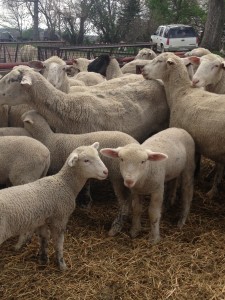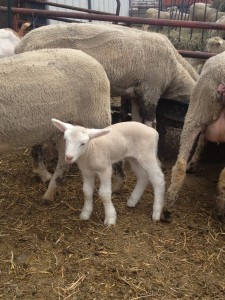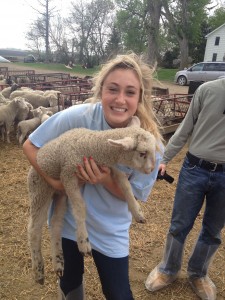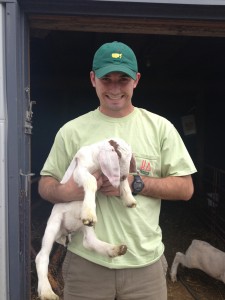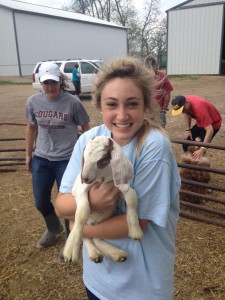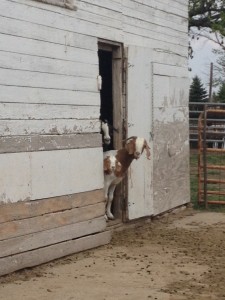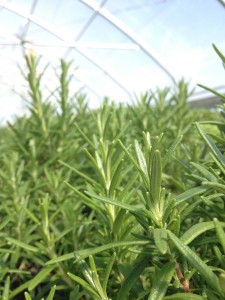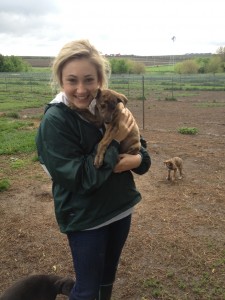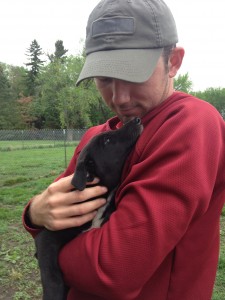Today was nothing if not a summation of our entire trip. A whirlwind of exhibits, tours, meetings, and 15–minute meals, we stayed true to our style. We began our day at the World Food Prize Foundation, a converted library building dedicated to Norman Borlaug and his accomplishments in battling world hunger. The World Food Prize is annually given to a person who the organization sees as being greatly influential in improving food security just as Borlaug had done in leading the Green Revolution during the 1960s.
From there, we were off to the Biocentury Farm in Boone, Iowa. They are a research and demonstration facility focused on biomass production and processing. They partner with Iowa State in growing their own crops, and using them to conduct their research. One of their main focuses is ethanol production from cellulosic matter. We had learned a bit about cellulosic matter at Lincolnway, but had not seen how exactly they process it. At Biocentury, we saw how it is broken down into its simpler forms. One of the main issues I previously had with this method was that removing the corn stover from the field would deplete the soil of the organic matter left from the stalks. But as we were informed today, by removing only a part of the stalks, the vital part of the stalks for fertilization is left, and the other is converted to ethanol.
Straight out of the lab and into the board room, we headed to the hallowed, or some would argue villainous, halls of Monsanto. We met with Dave Tierney, a lobbyist for the company. I had been hoping to pay a visit to Monsanto, seeing as just about every documentary that we watched or farmer that we had spoken to had chosen a side on their seed patents and GMOs. Going into this trip, I was fairly mistrusting of GMOs in general, but I knew I didn’t have much knowledge or understanding of them. So, I kept an open mind, and listened to everything that was said and argued. Whether it was “feed the world” or “eat what is good for you,” I listened intently and tried to see from both sides. And on this last day I’ve come to the conclusion that my mistrust of GMO’s hasn’t yet changed. Do I like the fact that Tierney told us today that the majority of their staff is made up of biologists and chemists? No, I certainly do not, because in my head, altering the chemical makeup from how it was originally created can’t be a safe thing. So many tests and experiments have been previously rejected as not having sufficient evidence that GMOs are harmful, but where are the tests and experiments that prove they have zero chance of harm? I understand the FDA and the USDA regulate these products to a great extent, but I remain skeptical. Measuring the morality of engineering GMO’s is a tough concept. Somehow I don’t think that genetically altering life and God’s creation is the way to solve global problems.

